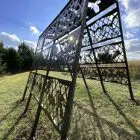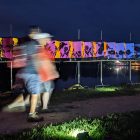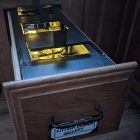The Village Green is profiling the SOMA artists who were awarded 2025 Annual Grants from NJ Council on the Arts.
Céline Browning, an NJ Council on the Arts 2025 Sculpture Finalist, is an artist and an educator, and is currently an adjunct art professor at Brookdale Community College in Lincroft. She is a recent transplant to the area by way of a few different states but is originally from Chicago. Her spouse accepted a job at Seton Hall University and is the reason that they moved to South Orange. They chose South Orange for its strong community and its child friendliness. Browning found studio space in Manufacturer’s Village in East Orange.
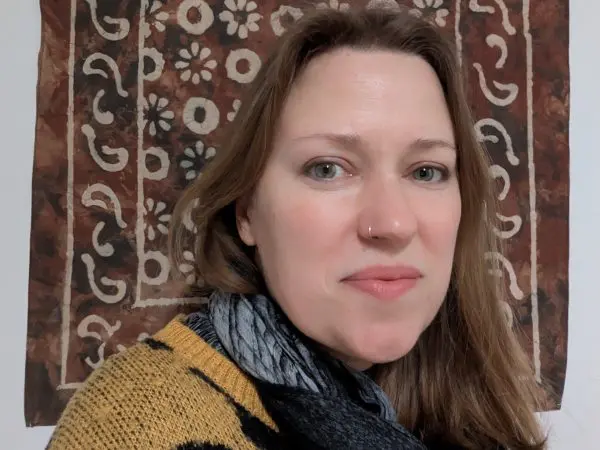
Browning is a conceptual sculptor and she explains, “I think talking about myself as someone who’s conceptually oriented is to differentiate myself from someone who has an orientation towards one particular part of the field or one particular material. So I don’t. It’s to say that I’m responding to the idea rather than the medium.”
But she wasn’t always a conceptual sculptor. Browning continues, “I started out in metal smithing. Very heavily invested in the history of craft and in exploring that through metal as a material. I started even before that. I started in jewelry, so I was really interested in jewelry and the possibilities that are inherent in a work of art that you wear on the body.”
Browning has a complex relationship with her art. “I have works that I would live with, but some of the works that I made, I find it too disturbing to want to live with them. I’m very happy to have them go out and live in the world. I don’t want them staring at me all the time.”
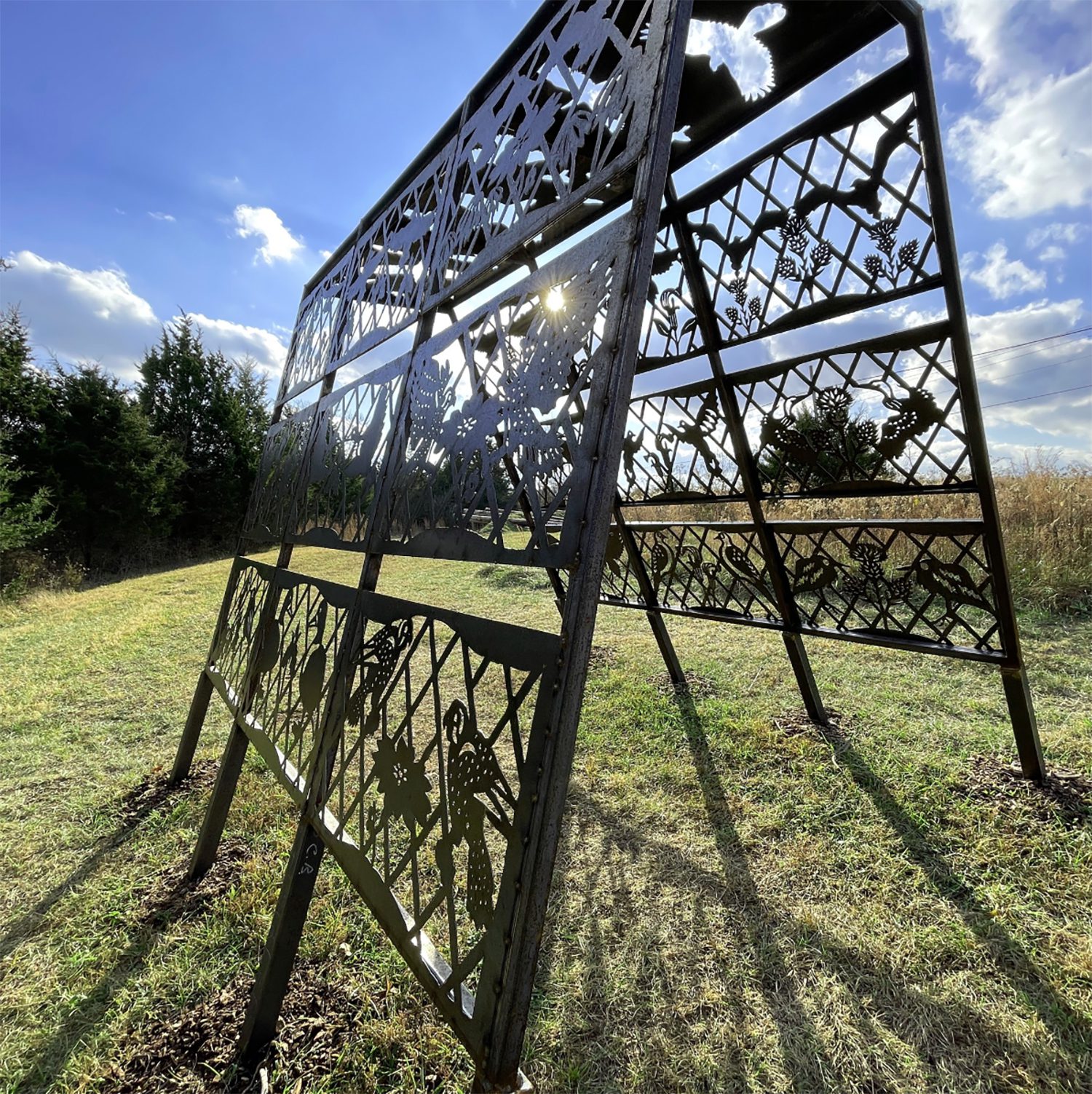
One special project holds a special place in her heart, “Fly Away” an outdoor metal sculpture in the Josephine Sculpture Park in Frankfort KY, “I made a permanent public sculpture in 2022 when I was pregnant with my son, and it was my first permanent, large-scale sculpture, and it was hand cut out of steel and hand welded. It was a beautiful experience.”
Browning has already earmarked two ways to use the grant money: One practical and one artistic.
“It’s going to enable me to keep my studio space, which is not a given because I was really astonished by how difficult it is to find the space here…. It is unglamorous but super necessary.”
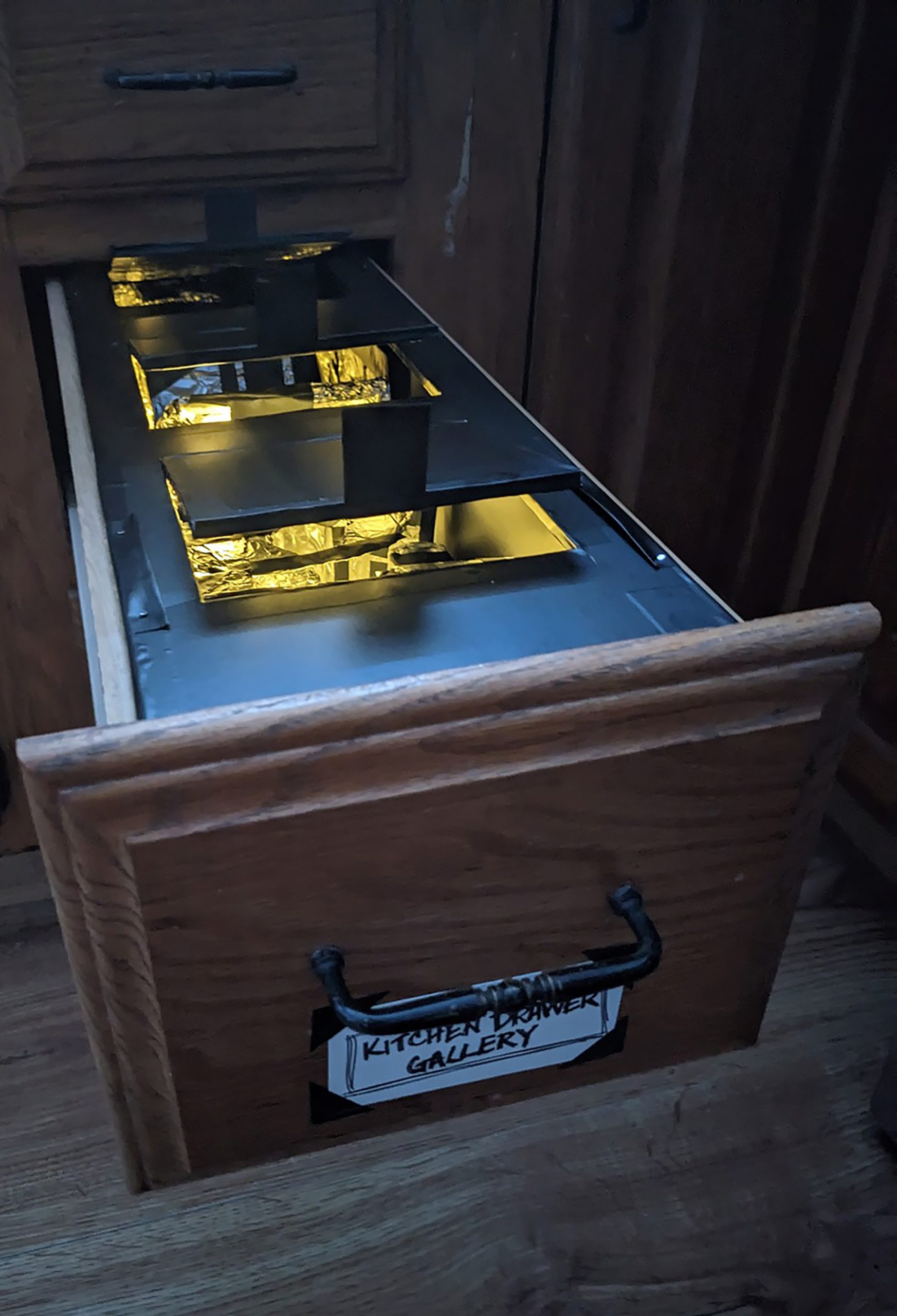
The second thing is an ongoing project.
Browning explains, “I have this ongoing project called Kitchen Drawer Gallery. I took leftover scraps from the recycling and from my studio, and I made the installation and I installed it in an empty kitchen drawer. Since then I’ve done it again in other people’s homes, and so I’m reimagining what it means to be an accessible gallery. Beyond whether or not there’s a ramp out front. Is it accessible for people physically but more…is it accessible in terms of time? Is it accessible in terms of funds? Is it accessible in terms of a person’s visibility? Someone may not feel safe going outside, especially right now. What would it mean for them to have access to artwork in their own home and to have control over how that work is viewed?”
“I would like to expand that project and to connect people who would want to be hosts to that kind of work and who have space for it with artists that are willing and able to make something,” says Browning. “And I’d like to pay for shipping. Also, I can have a small stipend for the artist.”
Browning found out about the grant two days before a conference, where she presented the idea: “I had people coming up to me afterwards, saying, ‘I want to participate,’ and now I have some funding to help make that happen.”

